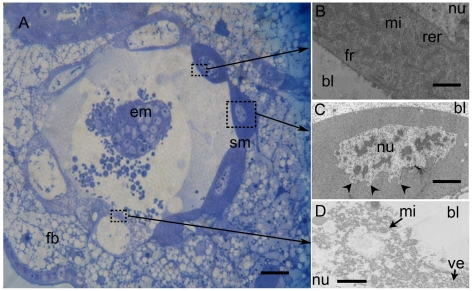Figure 4. Semithin and thin sections of A. ervi embryo and its serosa membrane.
A. 48 h old embryo (em) in A. pisum, the serosa membrane (sm) is anchored in the fat body (fb) of the host and is formed by two types of cells with different cytoplasm density. B. TEM micrograph revealing that cells with dense cytoplasm are very rich in free ribosomes (fr) and contain many mitochondria (mi) and rough endoplasmic reticulum (rer). C. The nuclear membranes of dense cells are irregular on the side facing aphid tissue (arrowheads in C). D. The second type of cells has less dense cytoplasm with relatively large nucleus (nu) (visible in panel A). Their cytoplasm contains many mitochondria and small vesicles (ve). Scale bars = 25 µm in A, 1 µm in B, 10 µm in C and 2 µm in D. Abbreviations: em, embryo; fb, fat body; sm, serosa membrane; bl, blastocoel; fr, free ribosomes; mi, mitochondria; nu, nucleus; rer, endoplasmic reticulum; ve vesicles.

